Puppy proofing your home

Congratulations on your new puppy! It is always such an exciting time to bring home a new pup and start planning all the fun things you can do. This article will be your go-to guide for puppy-proofing your home to create a safe environment for them to learn, grow, and play.
How to Puppy-Proof your home:
Throughout the house:

- Secure small items to avoid a choking hazard, including jewellery, small office supplies, batteries, coins, etc. These could be placed in a drawer, a box or put away in a cupboard.
- Keep doors closed or use baby gates to block off your pup from going into unwanted areas.

- Puppies may see a power cord as a new fun chew toy that can cause burns, electrical shock and in extreme cases, death. So, secure power cords by using PVC pipe or cable wrap to keep them safe.
- Check that your houseplants are safe, as some may be poisonous to your pup. See this list of common plants that are safe and unsafe for your new furry friend.
- Use pet-friendly pest baits and place them well out of reach of your pup. For extra security, it is best to consult with a qualified pest controller to ensure maximum pet safety.
Your kitchen:

- Secure bins as your puppy could get access to foods that are dangerous to them. This could be done by using an under-the-sink bin or a sturdy bin with a lid.
- Secure all cleaning products as most cleaning products can be unsafe and toxic for pets, so put them away in a cupboard or use a childproof latch. Check out this article to see pet-friendly recommendations for cleaning products.
- Ensure medications are put away in a closed cabinet, draw or secure container, and never leave them out on a bench.
The bathroom:
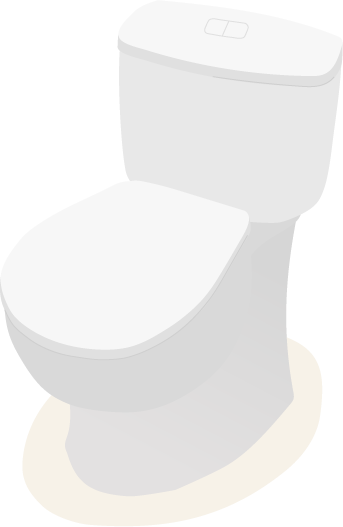
- Keep your toilet lid closed, because if you use harsh chemicals to clean your toilet, your new puppy may get sick if they drink the water.
- Ensure bathroom products are secured and out of reach to your pup, including makeup, body wash, hair products, and electrical tools.
- Keep dirty laundry in a hamper and out of reach to avoid clothing being chewed and eaten.
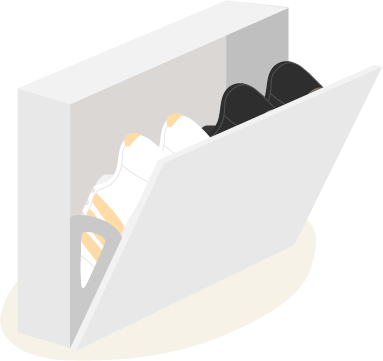
The Bedroom
- Put shoes away where your puppy can’t get to them, to avoid unwanted damage and until they are out of their teething phase.
In the Living Room

- If you own a fireplace, use a safety gate to ensure your puppy doesn’t get too close when it's burning, or get into any of the ash.
- Use a baby gate on your stairs until your puppy can safely use them, as puppies are known to be quite clumsy around staircases.
The Backyard
Puppy-proofing your yard is crucial for outdoor safety. It is important to always supervise your new puppy when outdoors because they're small and could escape. They could also hurt themselves, and it allows you to teach them how to behave outside.

- Check your fence is secure and intact so your puppy can’t escape, and that your fence is high enough, so they are unable to jump over it.
- Ensure there is a shady rest area, so your puppy is protected from the sun and rain.
- Make sure they always have access to fresh water.
- Keep grass cut to avoid unwanted animals, such as bugs and snakes.
- If you have a pool, check that your pool fence is secure so your puppy can't get through it and go for an accidental dip. When and if you and your puppy are ready to use the pool, ensure to watch them at all times.

How to Puppy Proof your Apartment
- Ensure the balcony railing is secure and your puppy is never left unattended. If your balcony has gaps you could consider propping up some plywood or wrapping around wire mesh so your puppy can’t slip through.
- Elevators can be scary to a little puppy, so ease them into going into elevators. For the first few times, it would be best to carry your puppy while they get used to the elevator. As they get older, ensure you are keeping a close eye on them when in the elevator, so they don't run out and possibly get their leash caught in the doors.
Puppy First Aid Safety
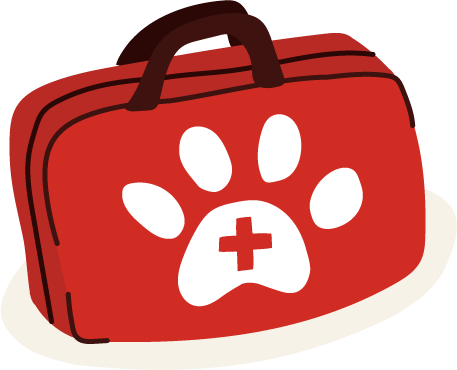
- Having a pet first aid kit handy is beneficial for keeping your fur baby covered in case of an emergency, until you get them to a vet. A first aid kit can also help with minor issues like splinters. It is best to evaluate contents you may need based on where you live, like snake bite kits etc. However, if you are unsure, consult with your vet.
- We always hope we never need to use it, but pet first aid training can give you the proper training for pet CPR, preventative care, and preparations for pet emergencies. There are many options for training, including online and in-person courses, just find the one that suits you.
Puppy-proofing house checklist
We've got a downloadable puppy-proofing checklist for you to refer to easily when puppy-proofing your home.
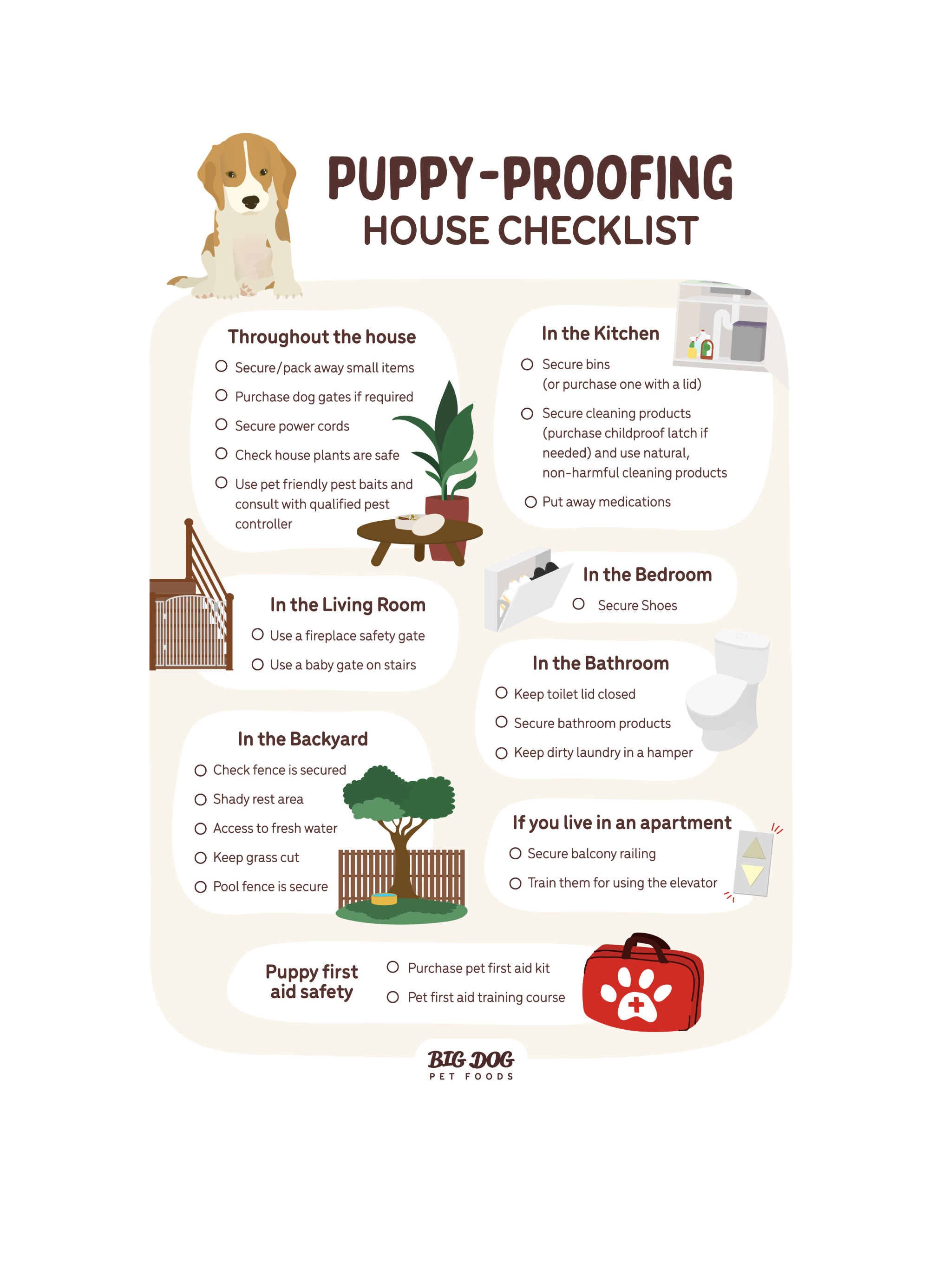
We also have a complete guide for pet parents that shares our knowledge on all things puppy that you can download here:
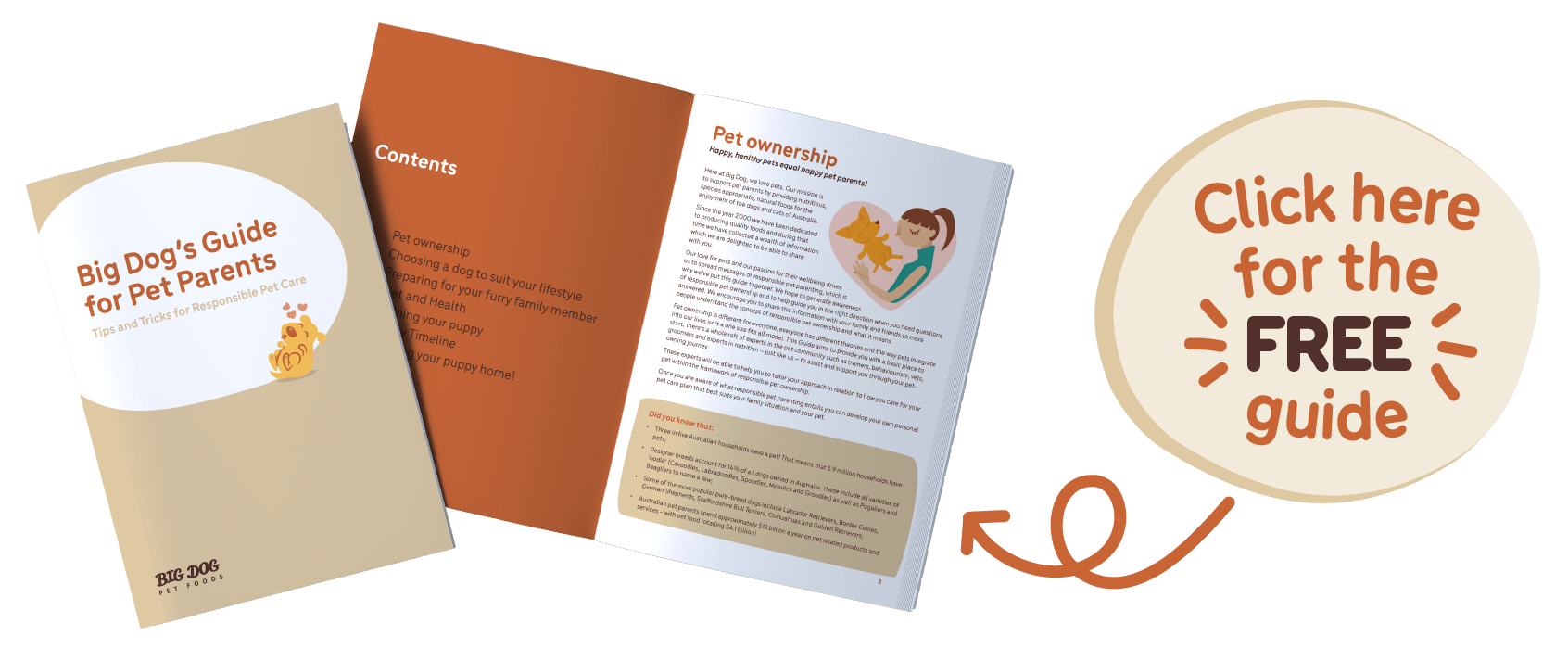
And last but certainly not least, welcome to pet parenting!
